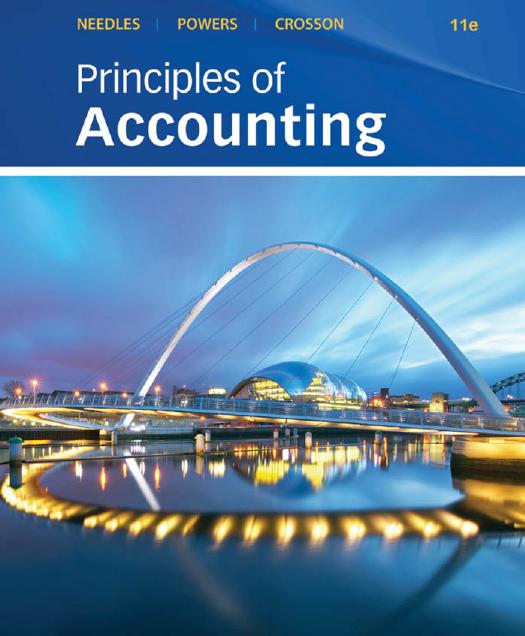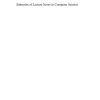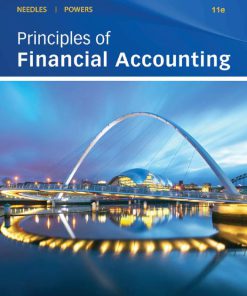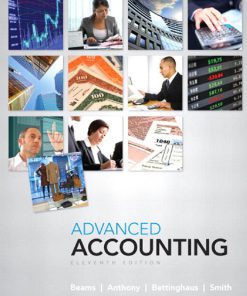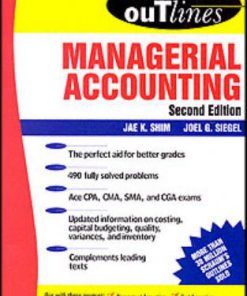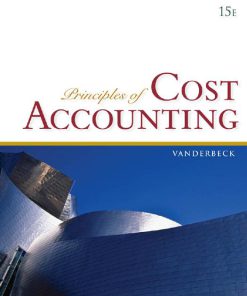Principles of Accounting 11th edition by Crosson ISBN 1118131229 978-1118131229
Original price was: $50.00.$25.00Current price is: $25.00.
Authors:Belverd E. Needles; Marian Powers; Susan V. Crosson , Series:Management [98] , Tags:Business & Economics; Accounting; General; South-Western College/West; 9781439037744 1439037744 , Author sort:Needles, Belverd E. & Powers, Marian & Crosson, Susan V. , Ids:9781285607047 , Languages:Languages:eng , Published:Published:Jan 2013 , Publisher:Cengage Learning , Comments:Comments:Needles/Powers/Crosson PRINCIPLES OF ACCOUNTING is continuously evolving to meet the needs of today’s learner. This edition’s new structure is based on research with students about the best way to deliver content in this course! The chapters in Needles/Powers/Crosson have been organized into the Three Section Approach, which helps you more easily digest the content. The first section is Concepts and focuses on the overarching accounting concepts that require consistent reiteration throughout the course. With a clear understanding of the concepts, you are then ready to experience the second section–Accounting Applications. Here you practice the application of accounting procedures with features like Apply It and a new transaction analysis model, which clearly illustrates how transactions are the result of business decisions and recorded in a way to show their effects on the financial statements. Finally, you utilize section three, Business Applications. This section illustrates how the concepts and procedures are used to make business decisions. Real company examples are used throughout the chapter to show students the relevance of the material. This logical progression through the material is further supported in the online environment in CengageNOW with the Tri-Level Problem. This problem mirrors the Three Section Approach and connects the sections to facilitate a more complete understanding. These substantial changes will make you a more efficient learner and are designed to prepare you for a business world increasingly complicated by ethical issues, globalization.Important Notice: Media content referenced within the product description or the product text may not be available in the ebook version.

